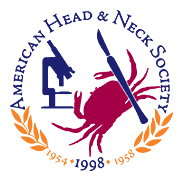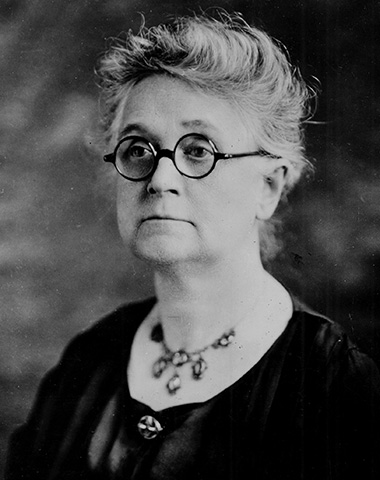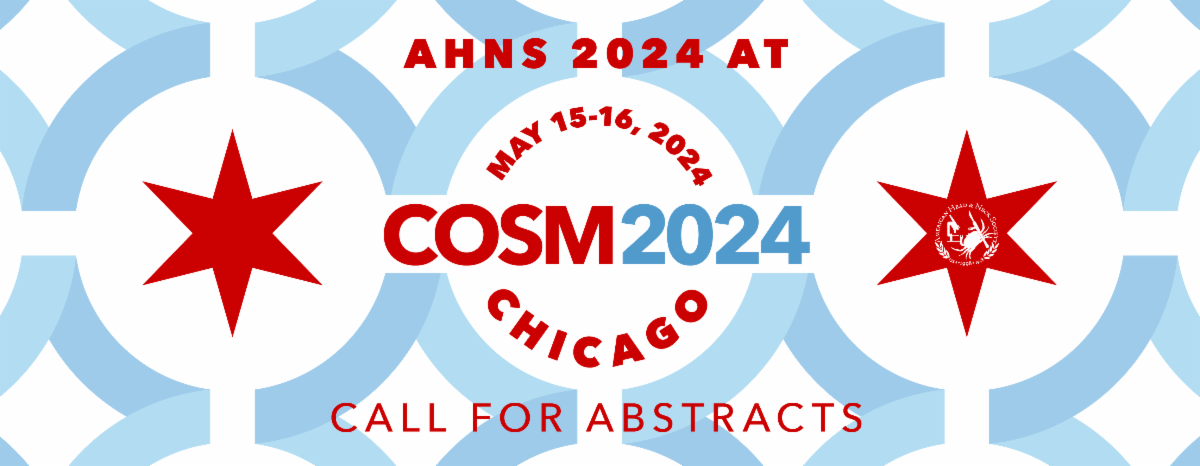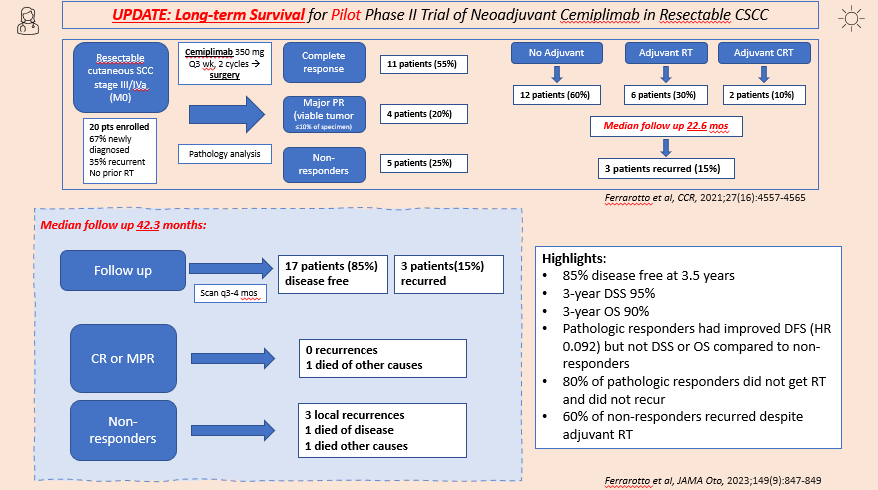Call for Self-Nominations for the 2026 International Conference Poster Chair
The AHNS Leadership is seeking self-nominations for an AHNS member to serve as the Poster Chair for the AHNS 2026 International Conference. The AHNS International Conference occurs every three years and we are looking for someone who can participate as the Poster Chair and be a vital member of the program planning committee. For more information …




